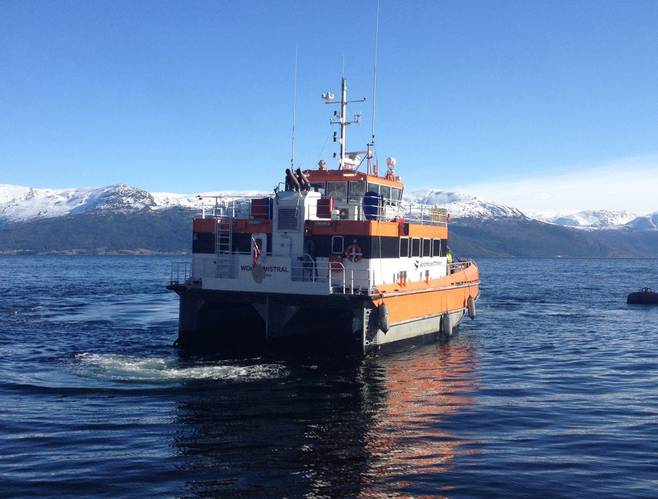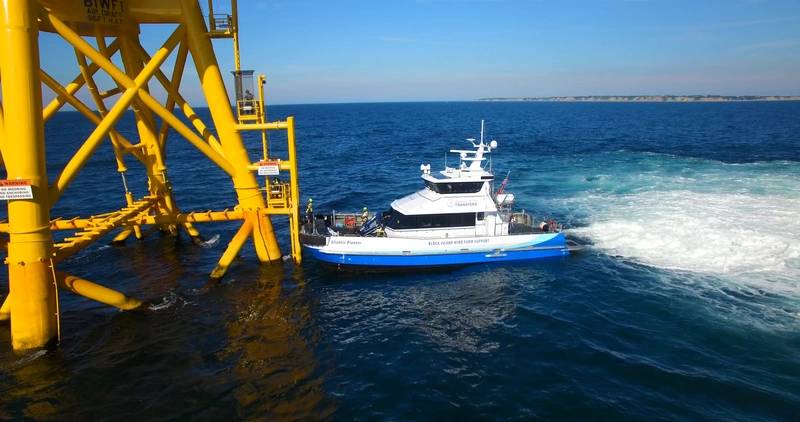Shared CTV Monitoring Drives Efficiencies for Wind Farm Ops
Shared monitoring systems that provide comprehensive insight into CTV capabilities and limitations will support safety, planning & cost reduction for offshore wind owners.
Offshore wind project owners are missing out on significant cost savings, optimised “time on turbine”, and opportunities to increase the sustainability of their operations by not using crew transfer vessel (CTV) performance monitoring systems that have been created in tandem with vessel operators.
That is, at least, according to Reygar, a provider of innovative remote monitoring and reporting platforms to the offshore wind industry, whose BareFLEET system, developed in conjunction with vessel operators, monitors all aspects of vessel and fleet performance. This includes the monitoring of fuel use, speed, engine health, motion, navigation, and weather in order to ascertain efficiency of transit and the safety of turbine push-on.
CTVs have a vital role in offshore wind projects, with unscheduled vessel downtime directly impacting project timelines and OPEX costs. There is, therefore, a need to establish a strong benchmark for what makes good vessel performance and give project owners confidence that they are getting maximum value from their contracts. The tangible benefits of such a benchmark are technician safety and vessel availability, alongside wide-ranging cost-efficiencies created by more effective operational planning.
Currently, contracts specify that project owners pay for the fuel their chartered CTVs use. In monitoring fuel burn, it is possible to save on costs by optimising consumption for environmental conditions and ensure that fuel use is controlled, whilst simultaneously improving the sustainability of their operations.
Likewise, by monitoring speed, motion, heave, and environmental conditions, “time on turbine” can be maximised. Comprehensive monitoring protects technician health and guarantees fitness-to-work, making sure there are no wasted trips due to sickness. Monitoring engines and other critical equipment also minimises downtime by raising the opportunity for the crew and the vessel operations team to act before equipment fails, grouping maintenance activities into scheduled periods and boosting vessel availability.
Chris Huxley Reynard, Managing Director of Reygar Ltd, said: “We are increasingly seeing vessel operators taking the performance monitoring challenge into their own hands by adopting cost-effective systems that plug directly into on-board sensors and equipment. This data provides the kinds of insights into vessel operation and safety that CTV firms know will help them to meet the KPIs stipulated by project owners in their contracts.”
“Both parties benefit from actively sharing this performance information. Vessel operators optimise the efficiency of their operations and develop the long-standing, trusted relationships with project owners that will see them retain and gain new contracts - and project owners can identify the systems that best meet their requirements for logistical support and maximum “time on turbine” for technicians.”




















